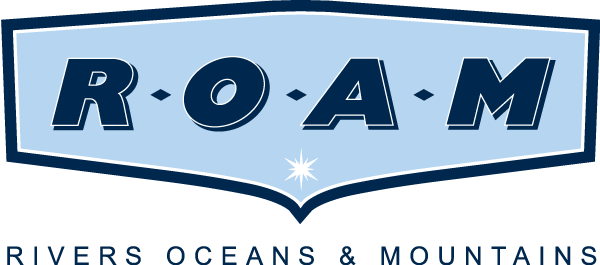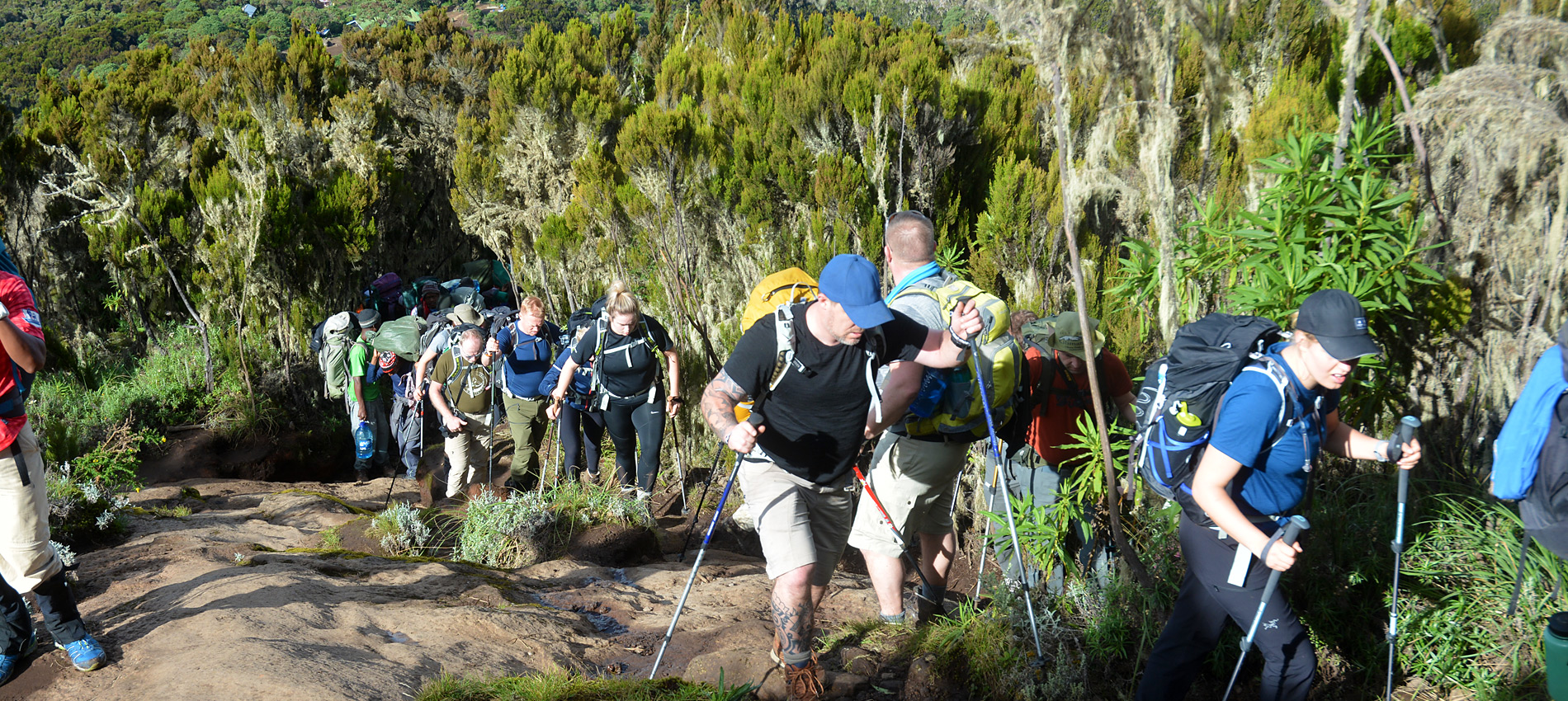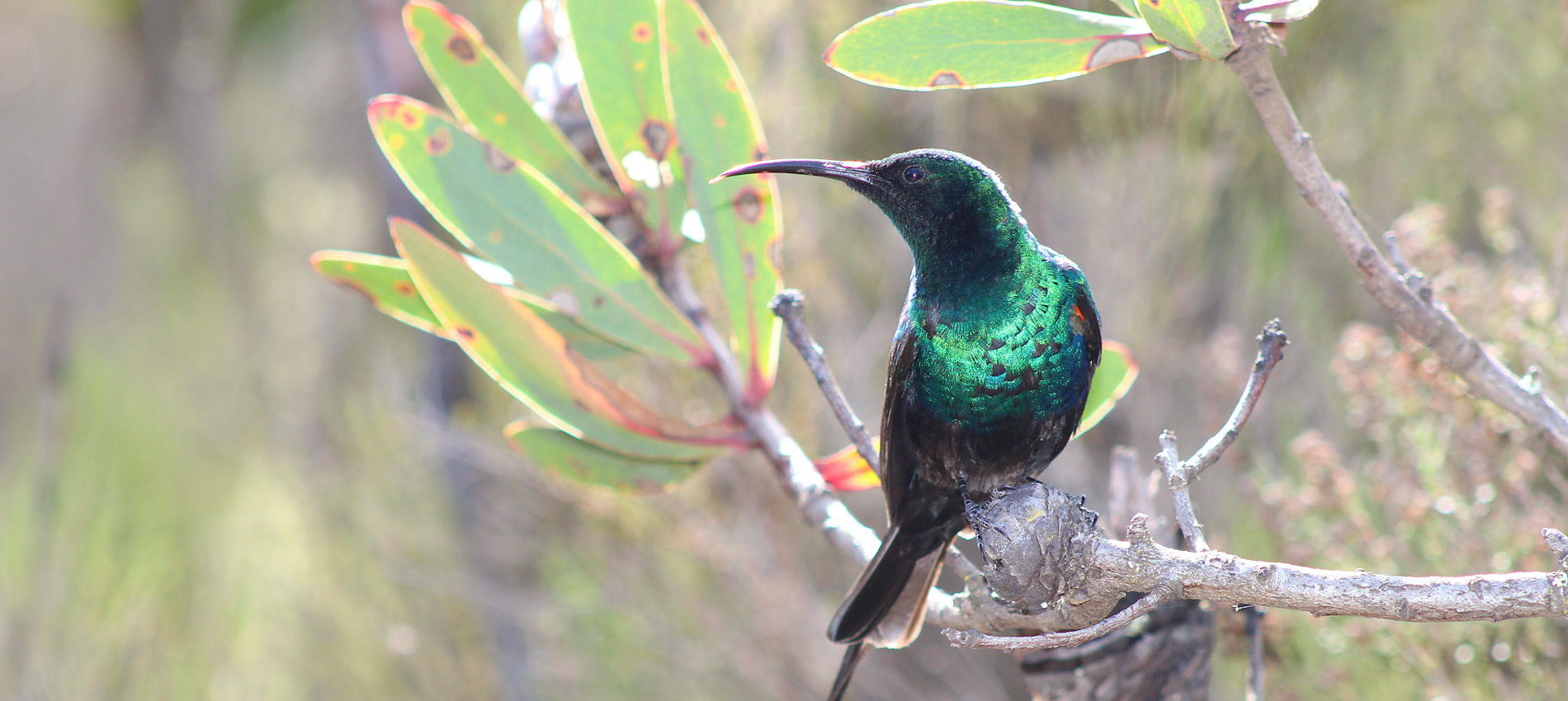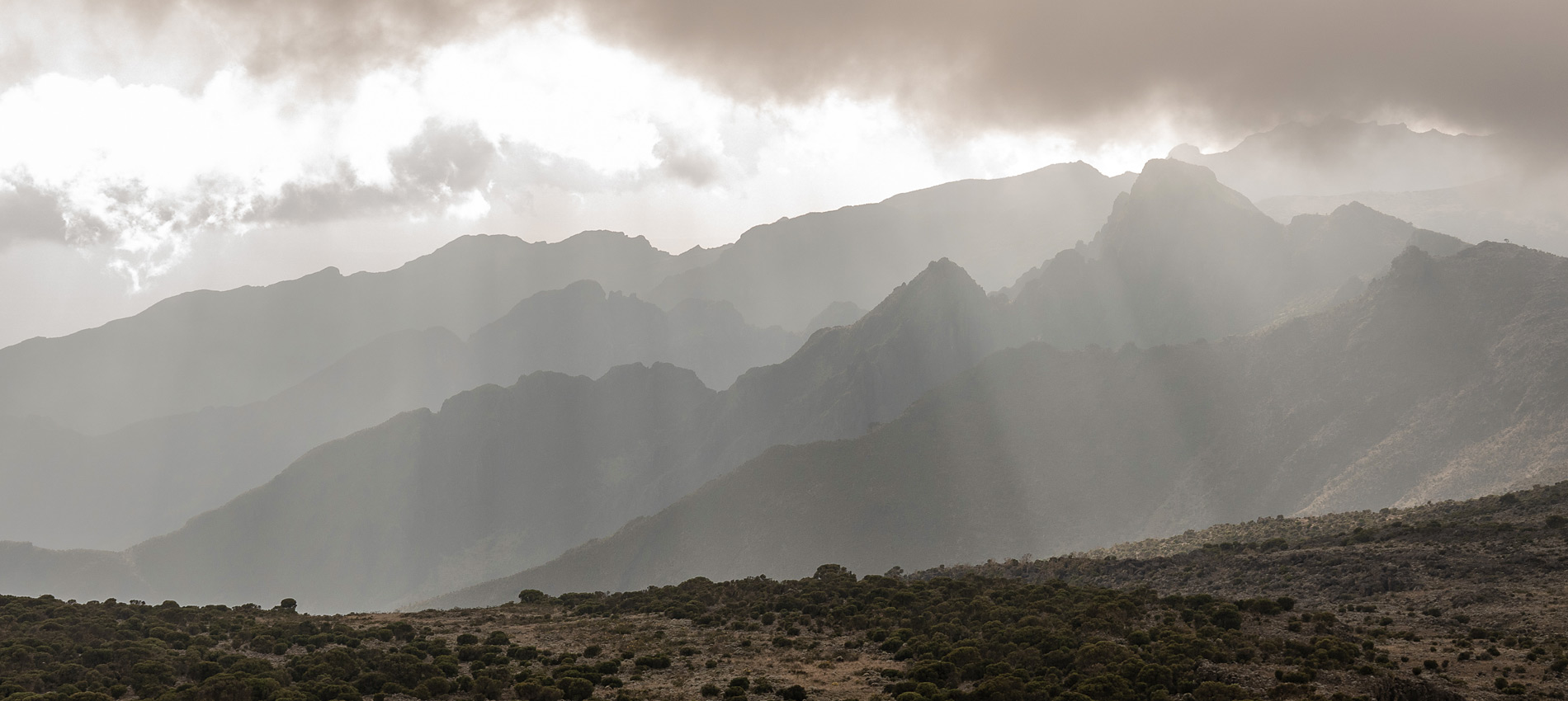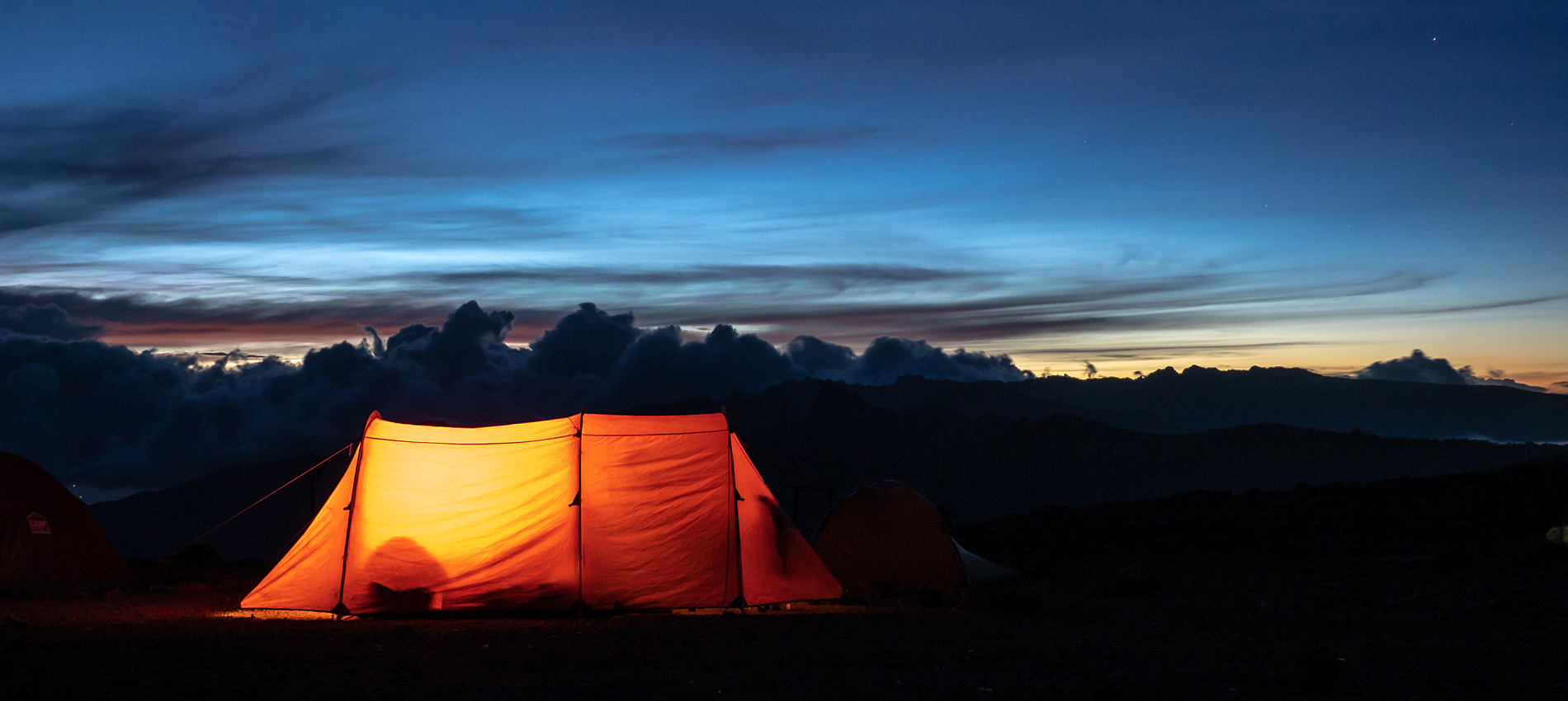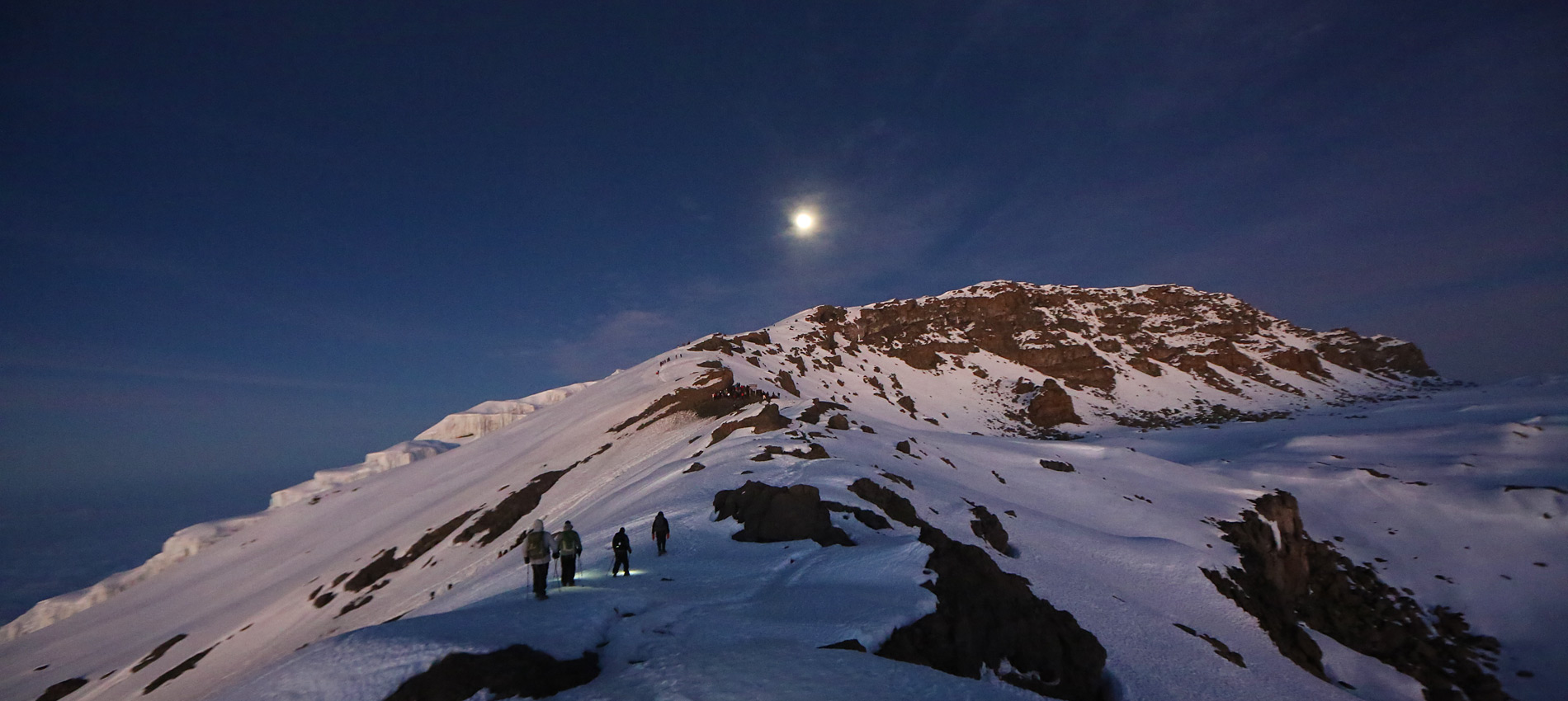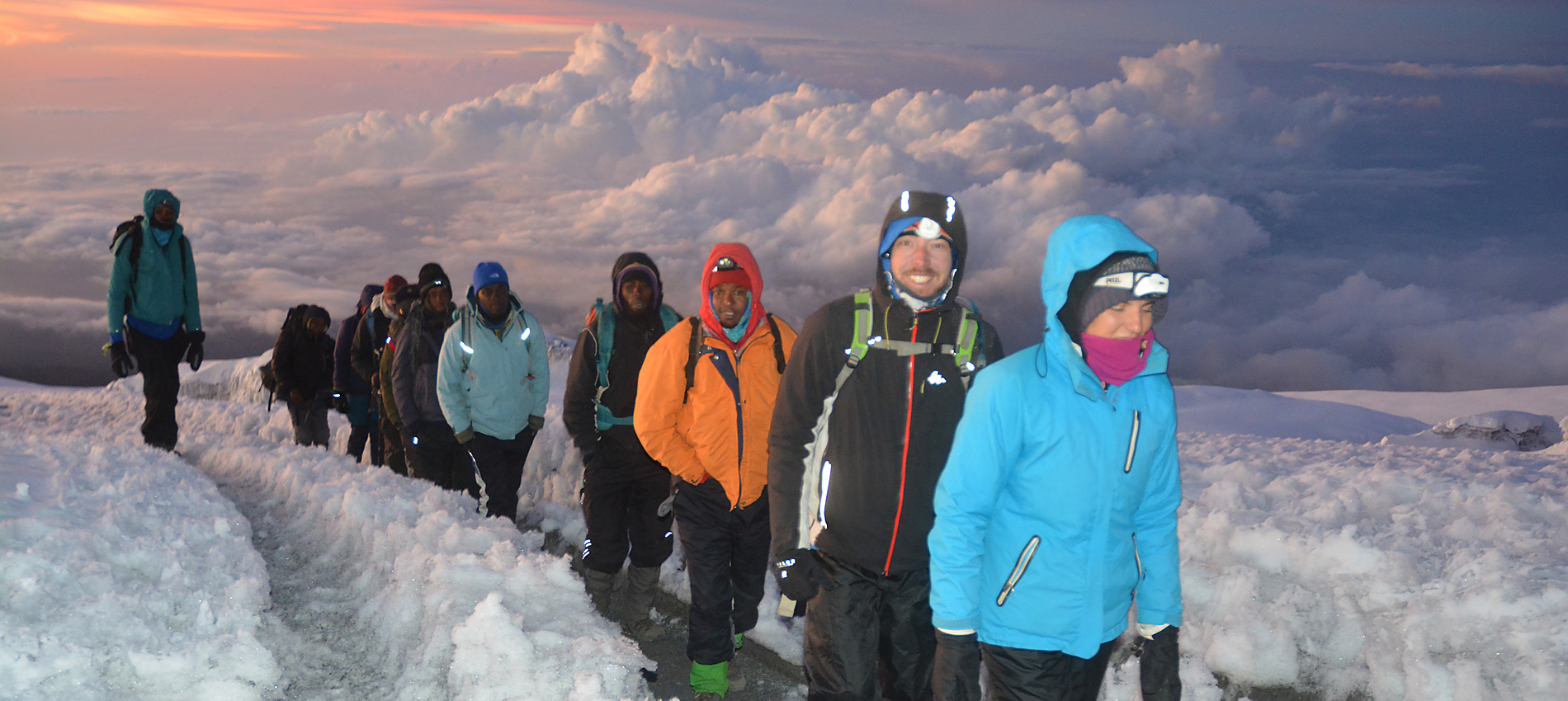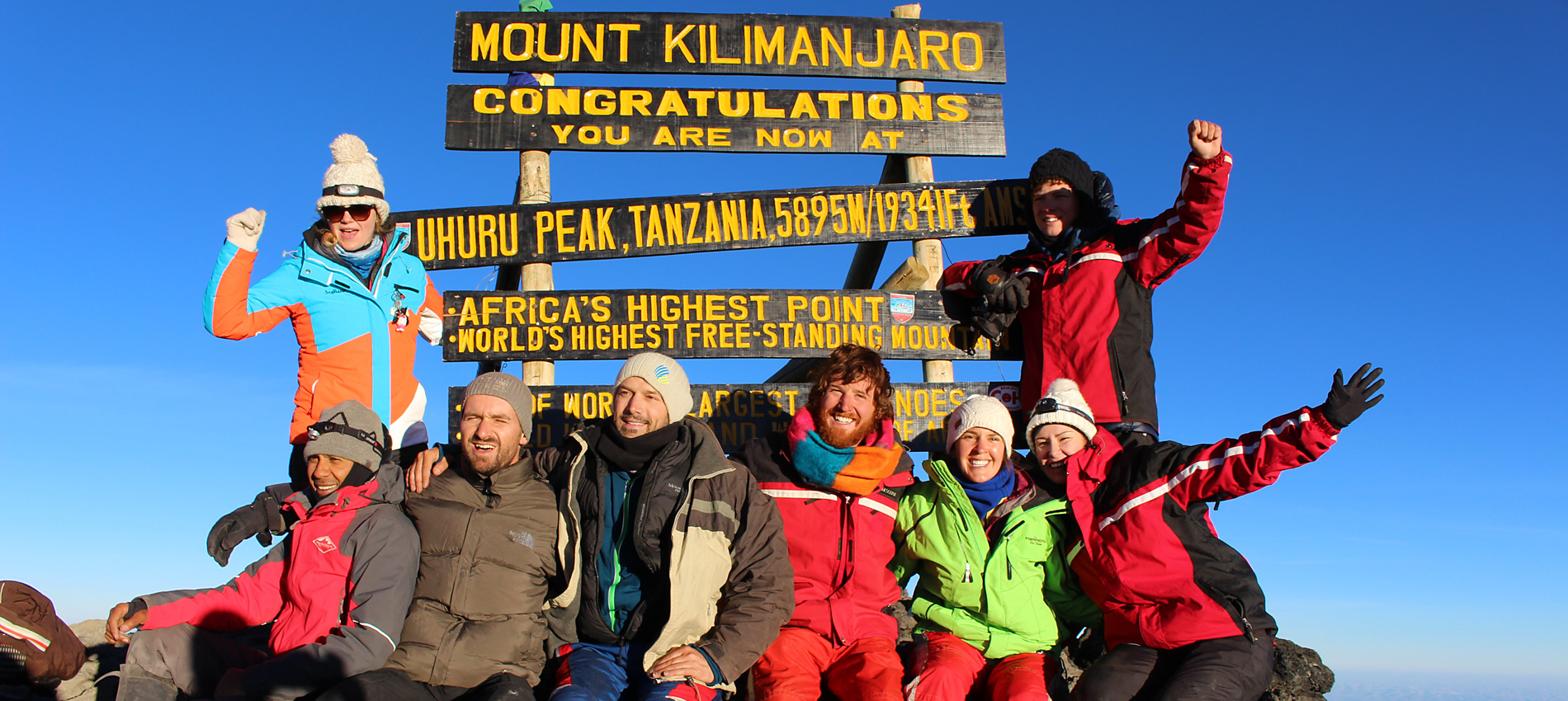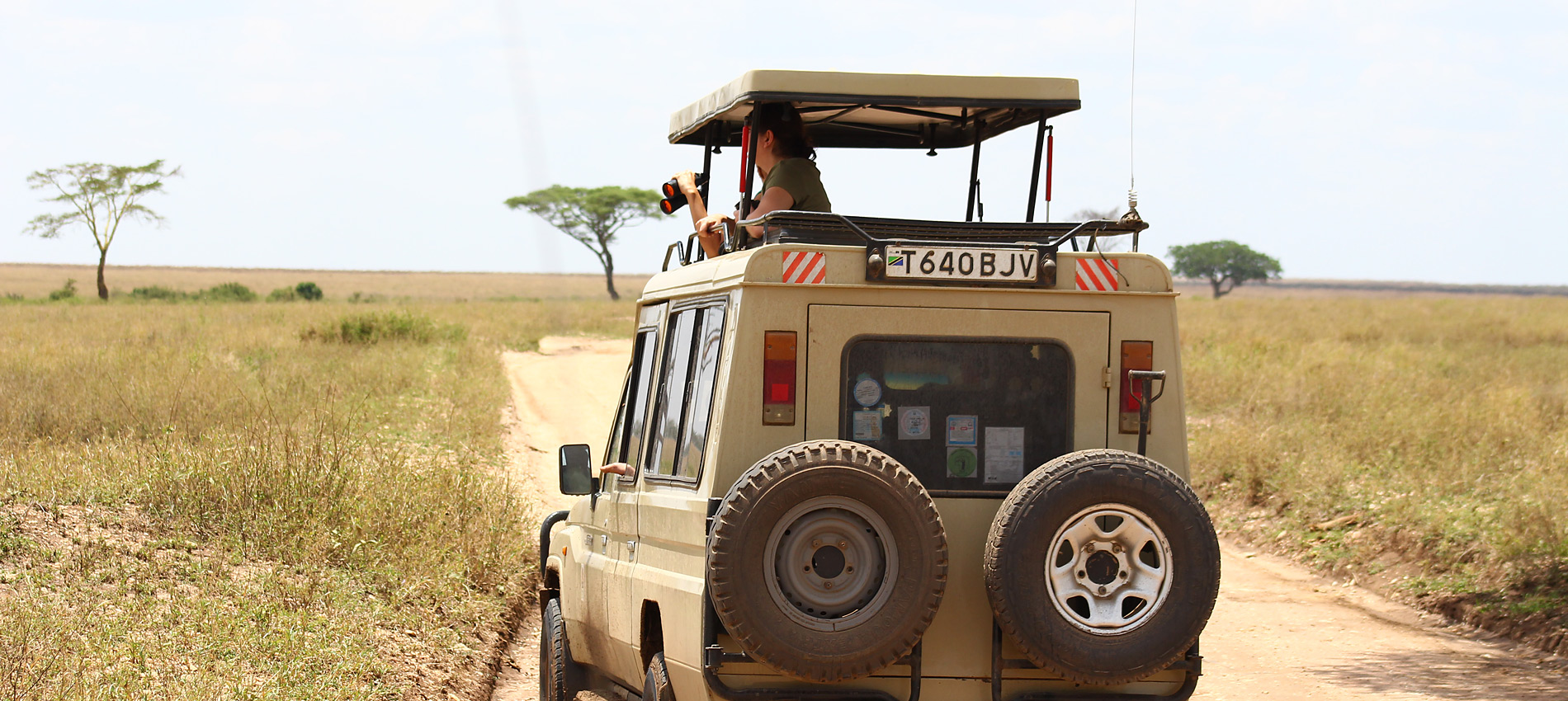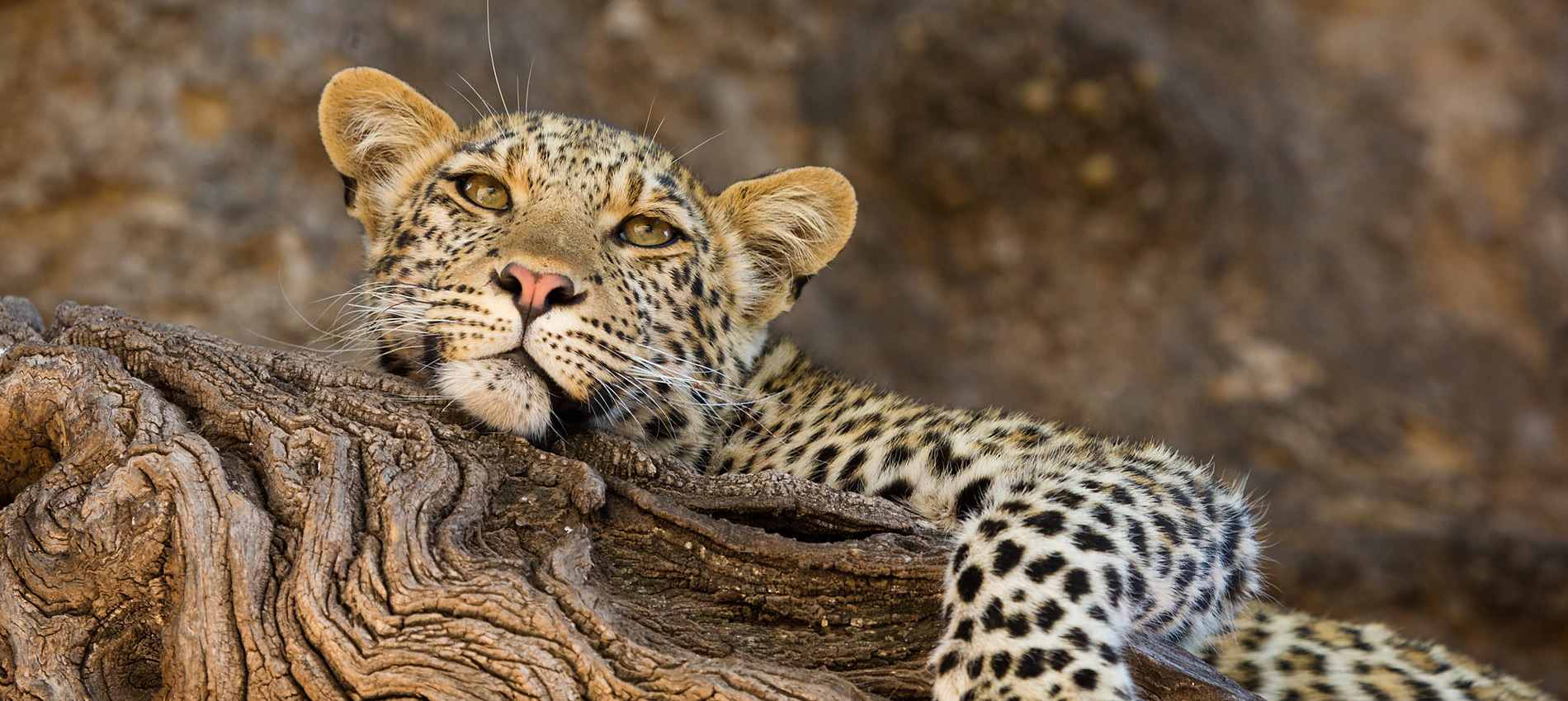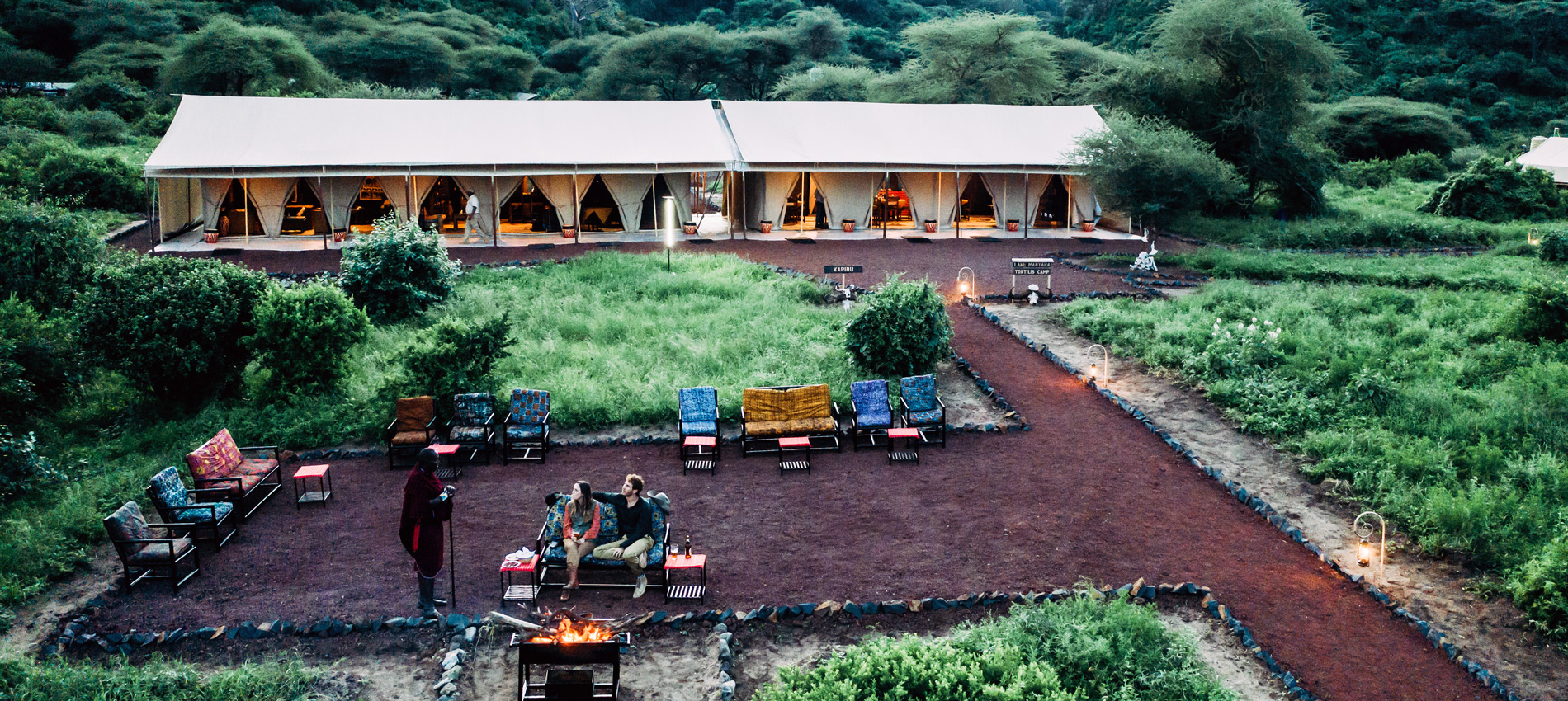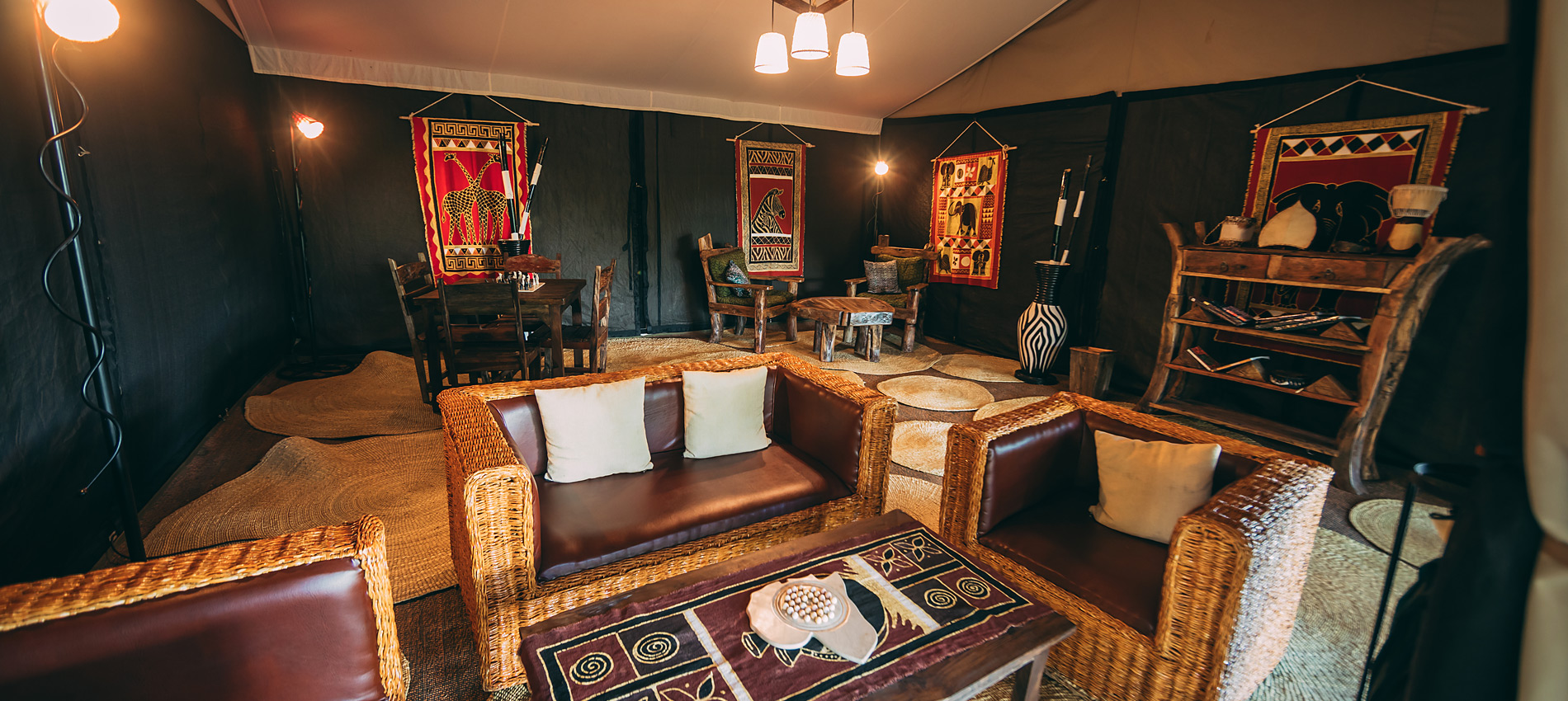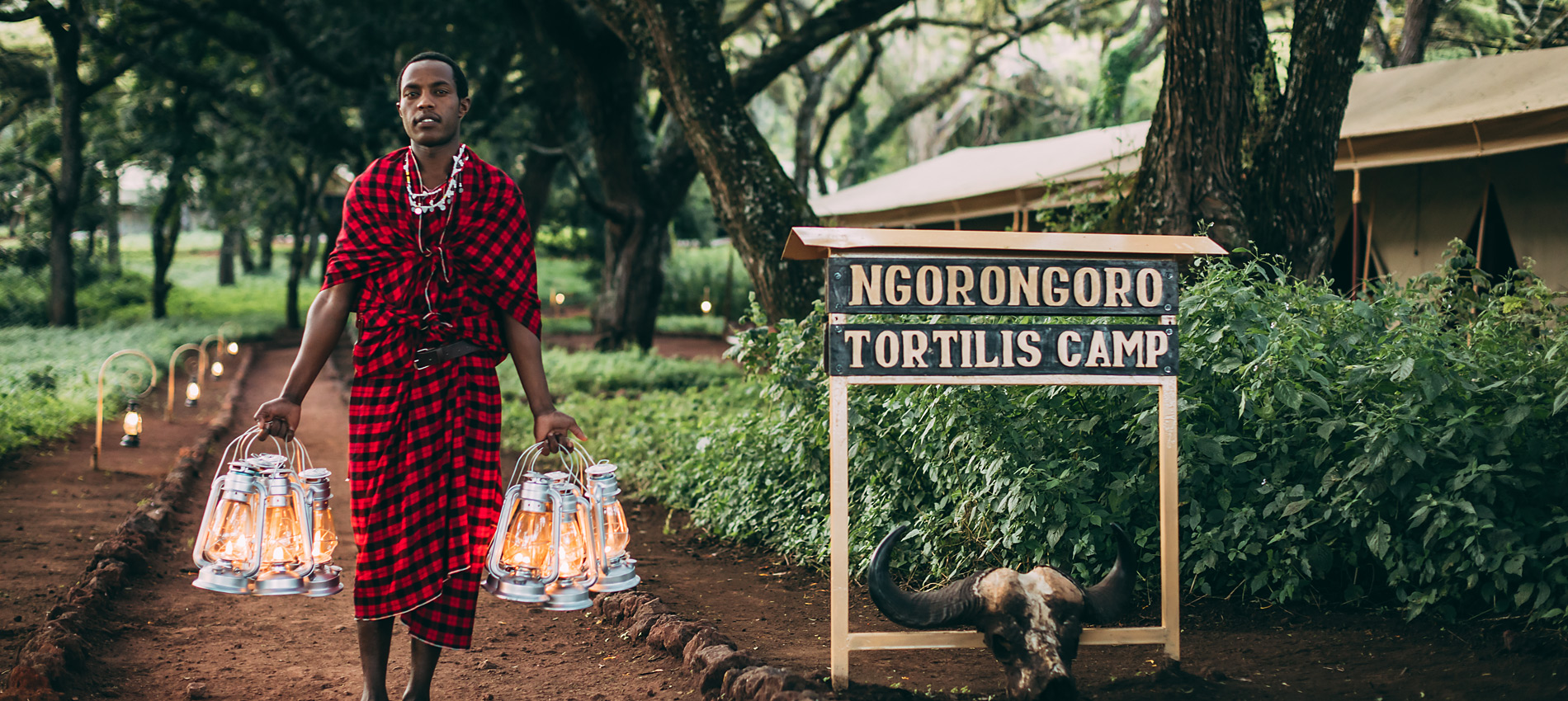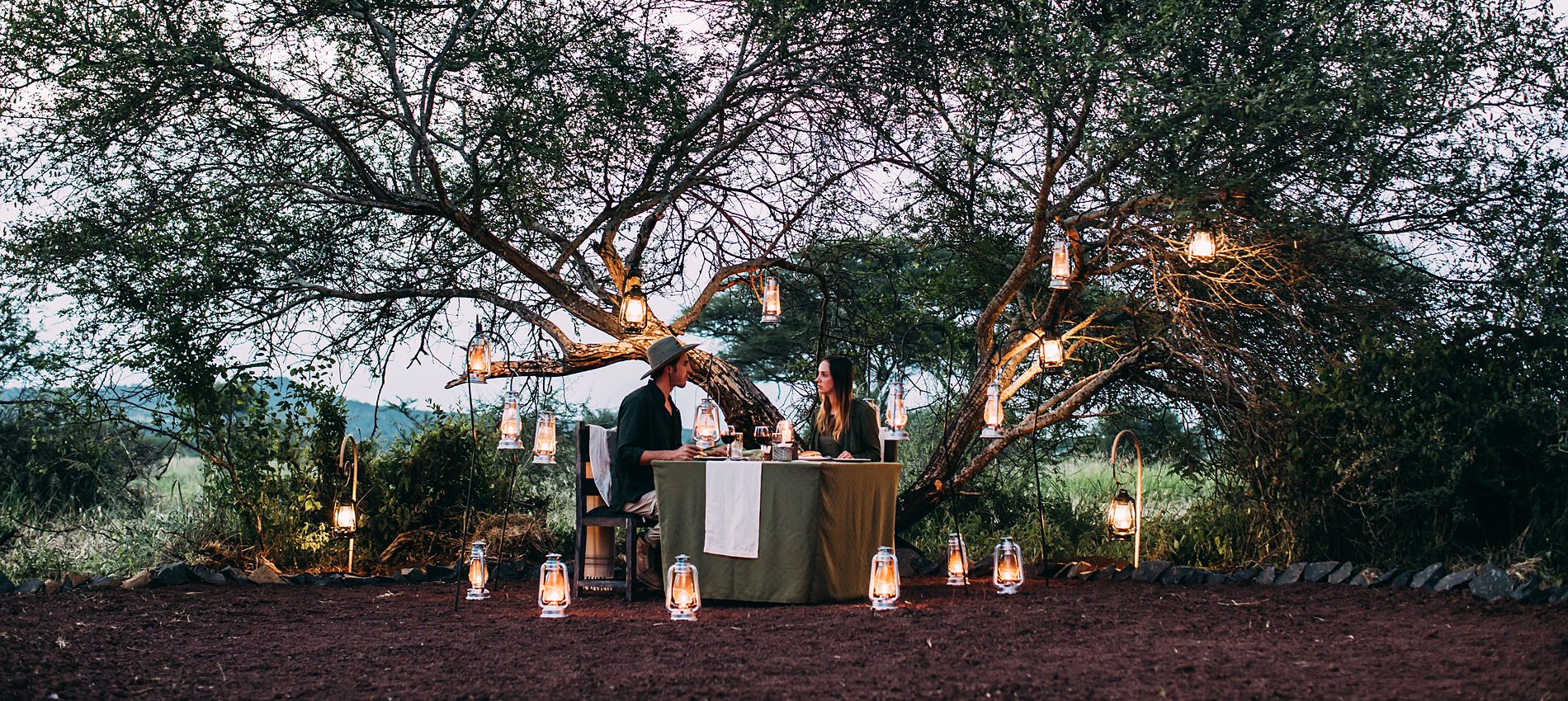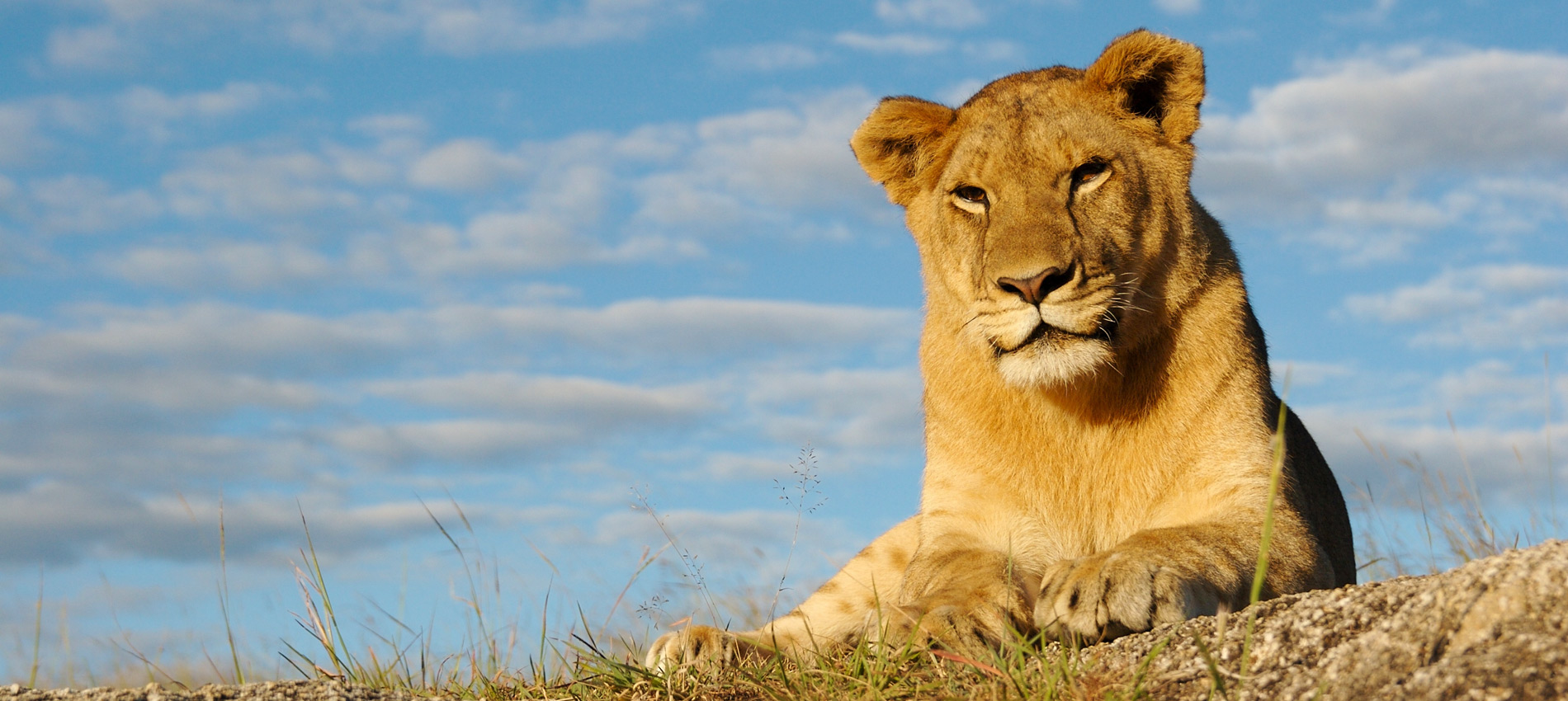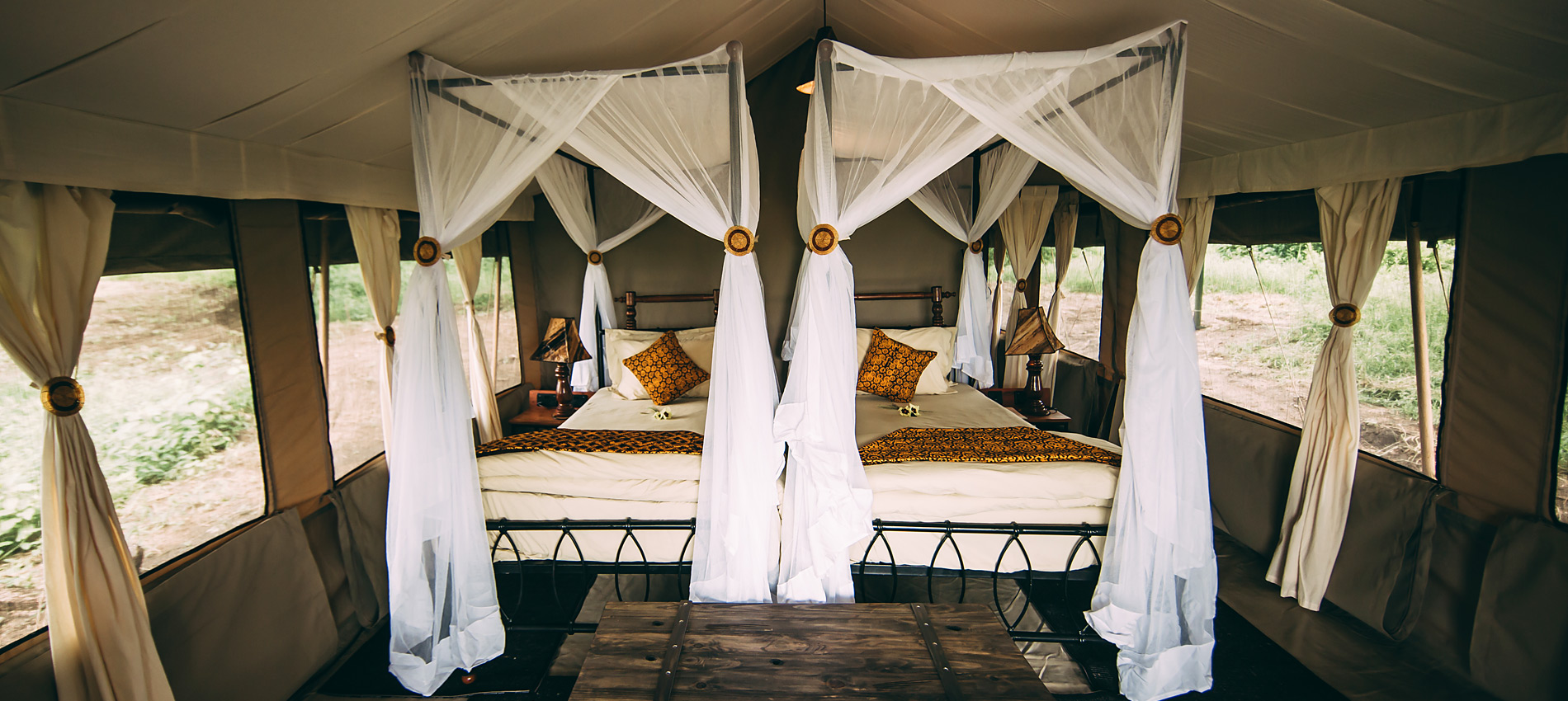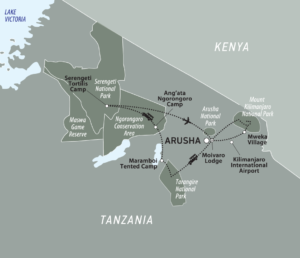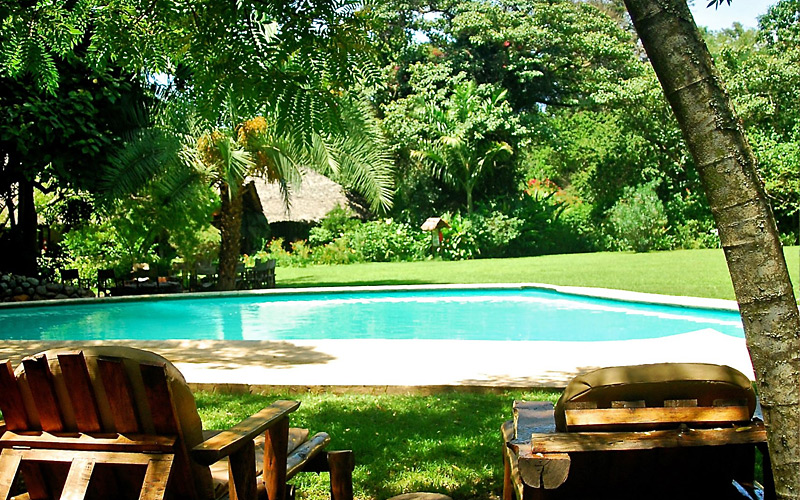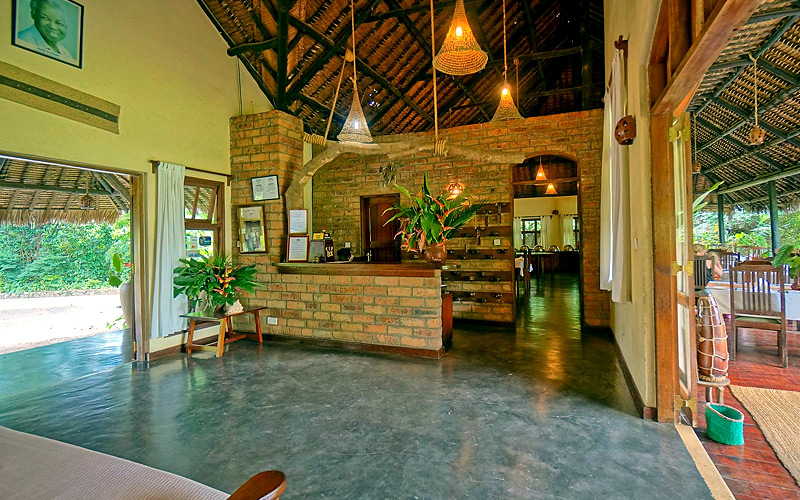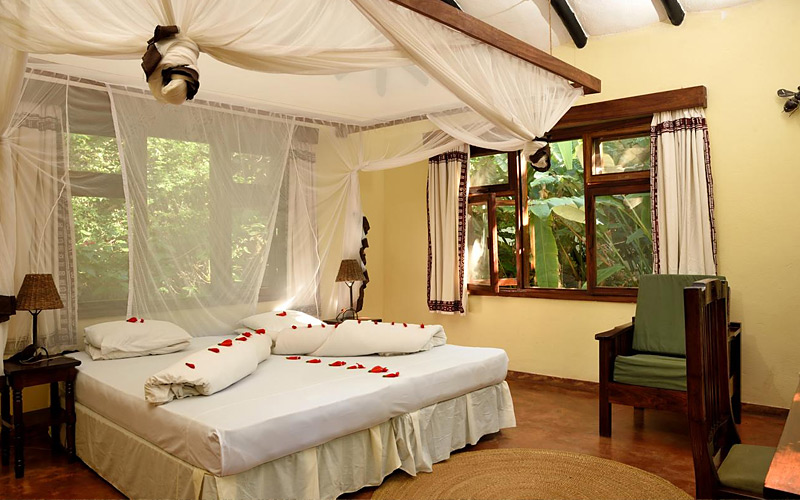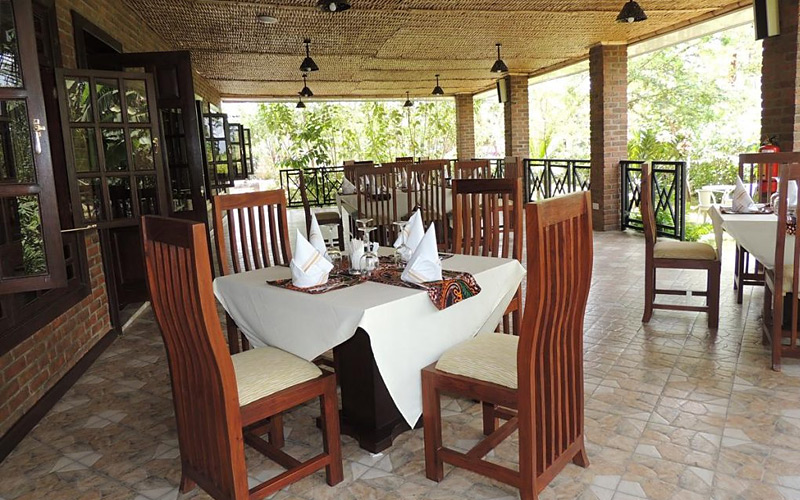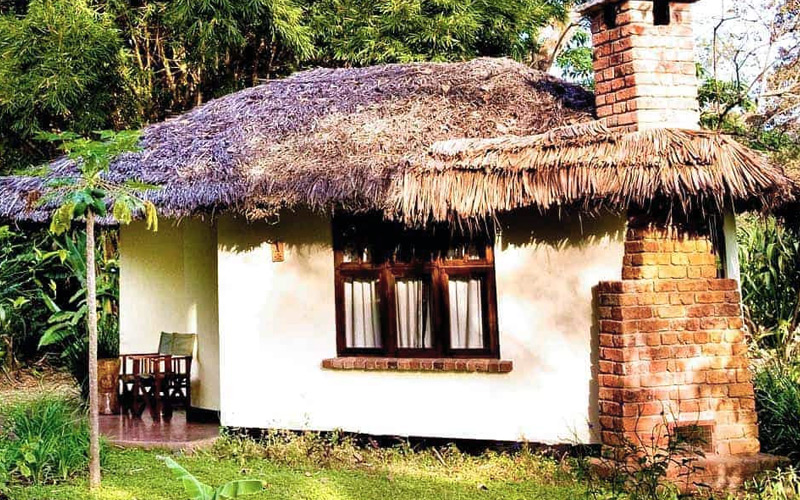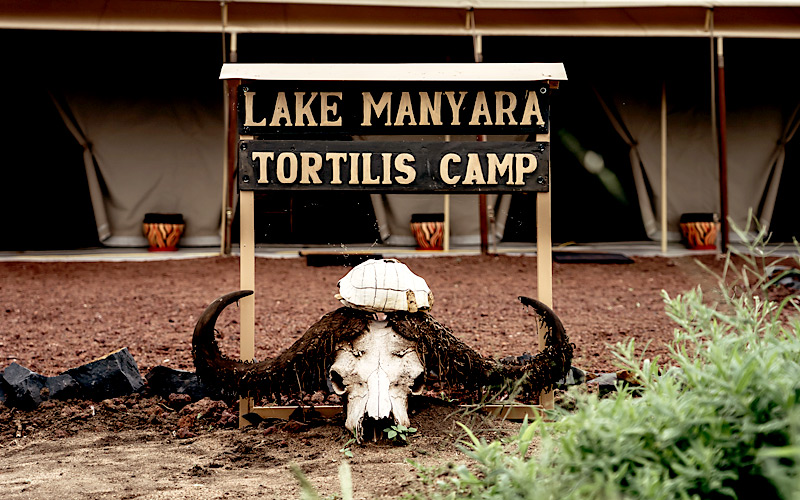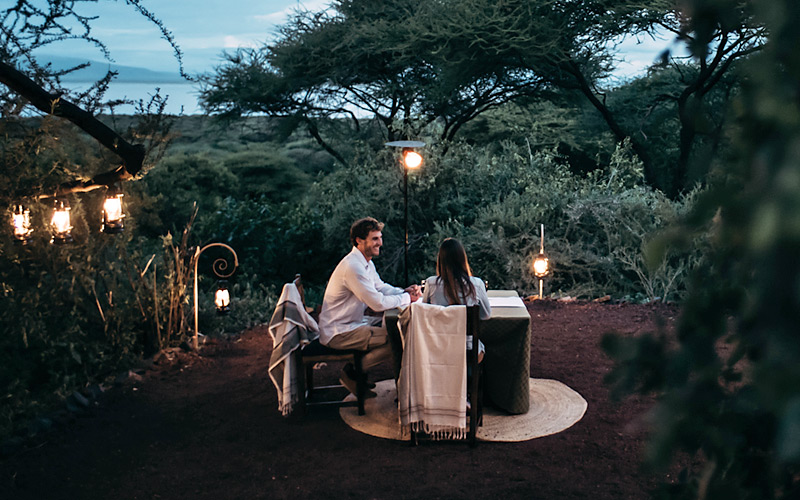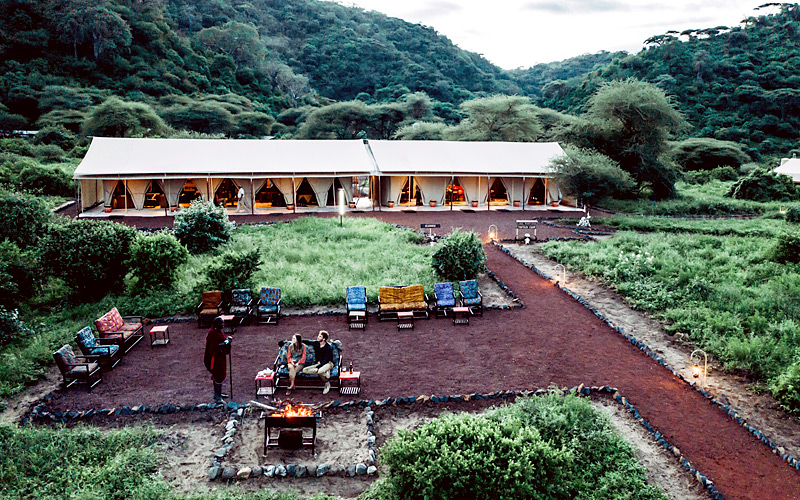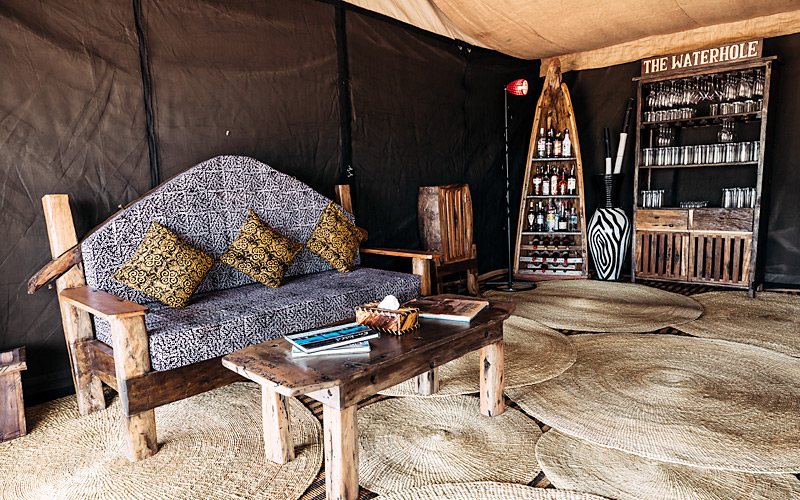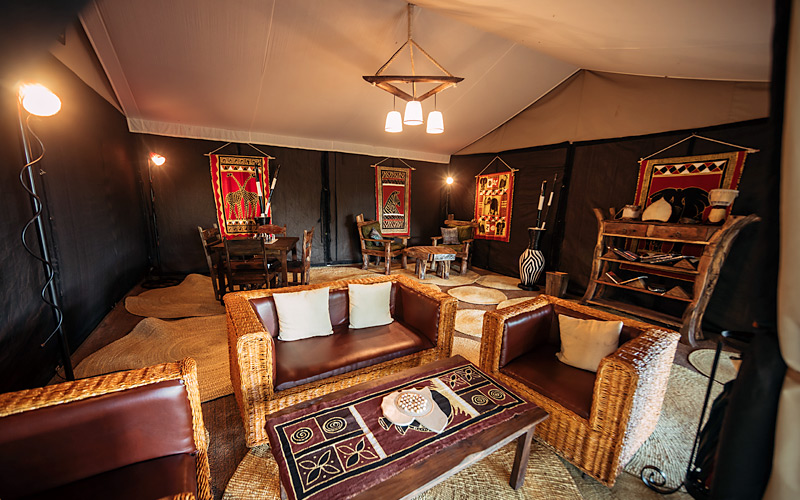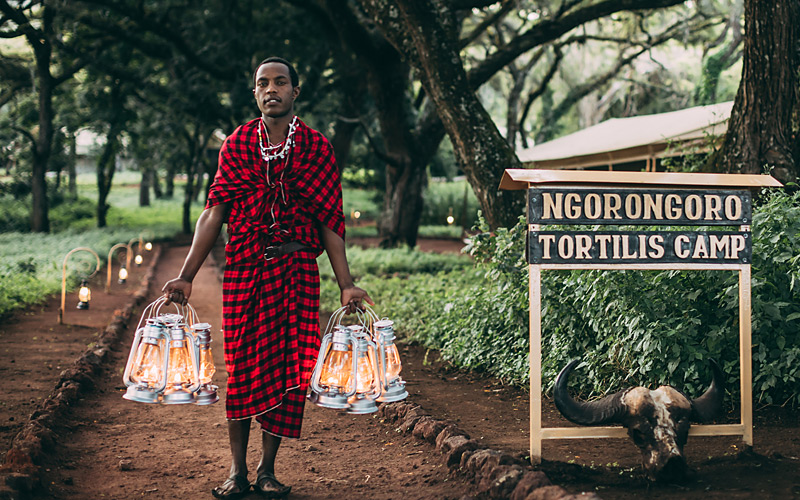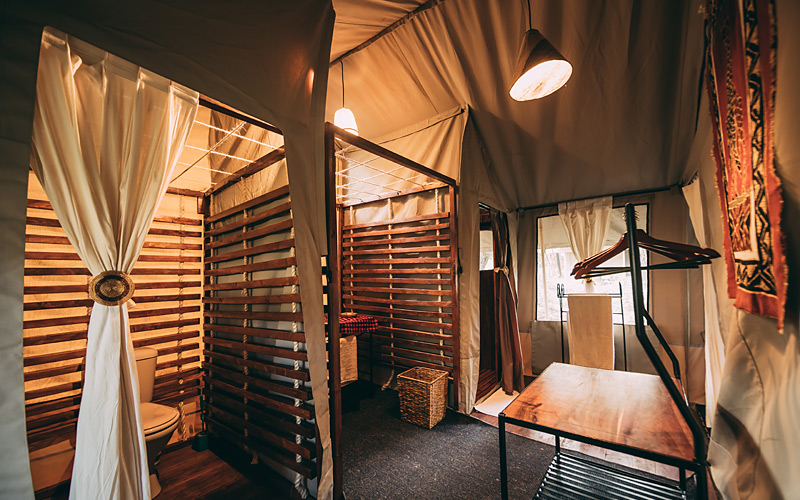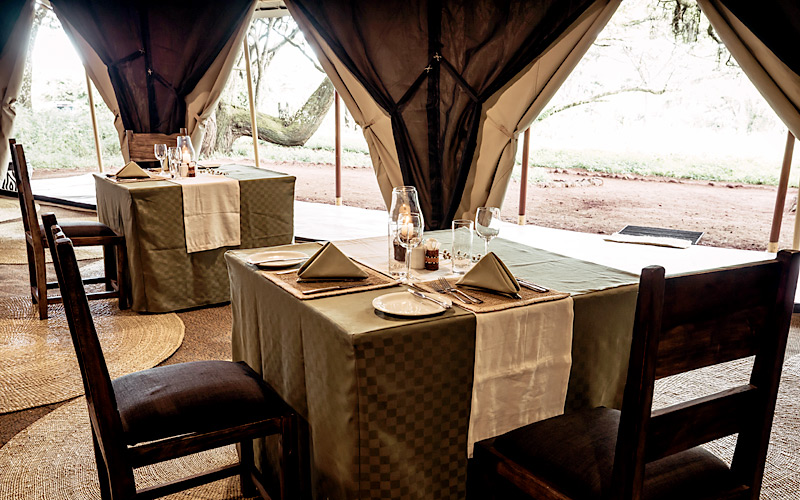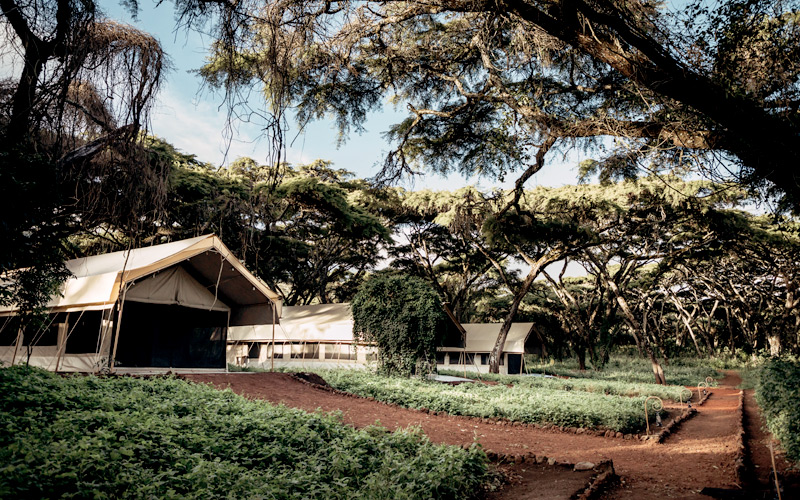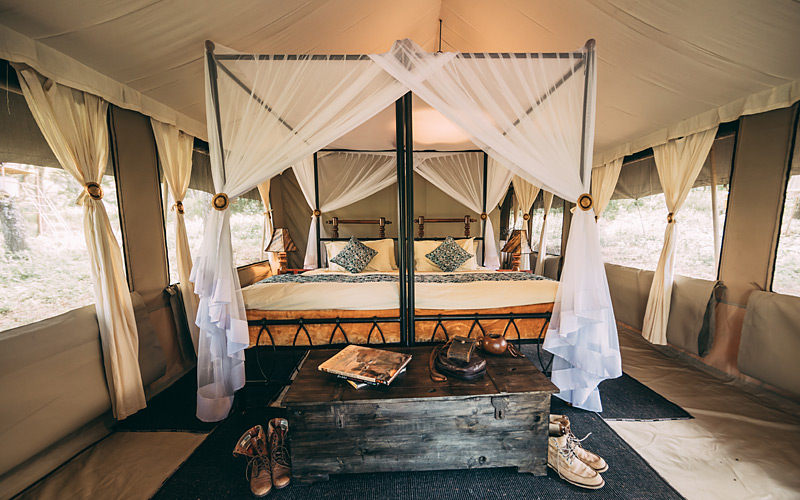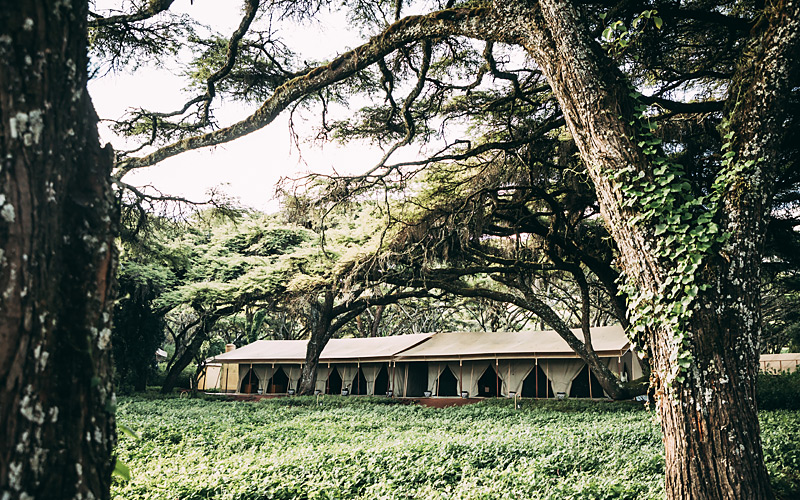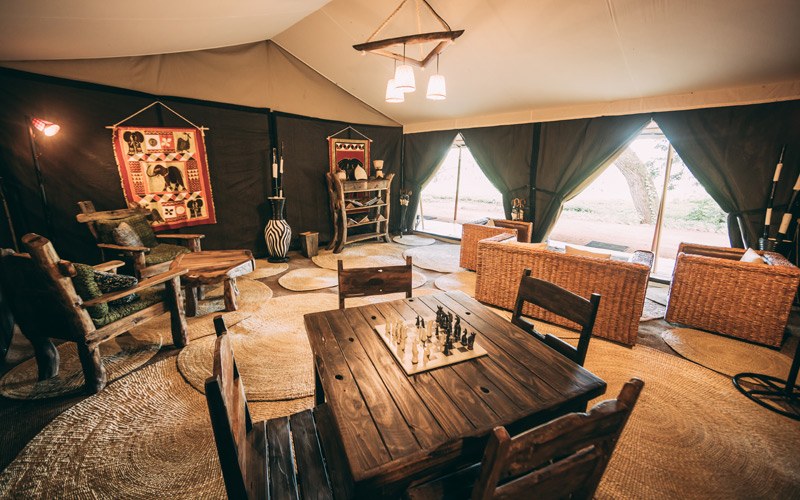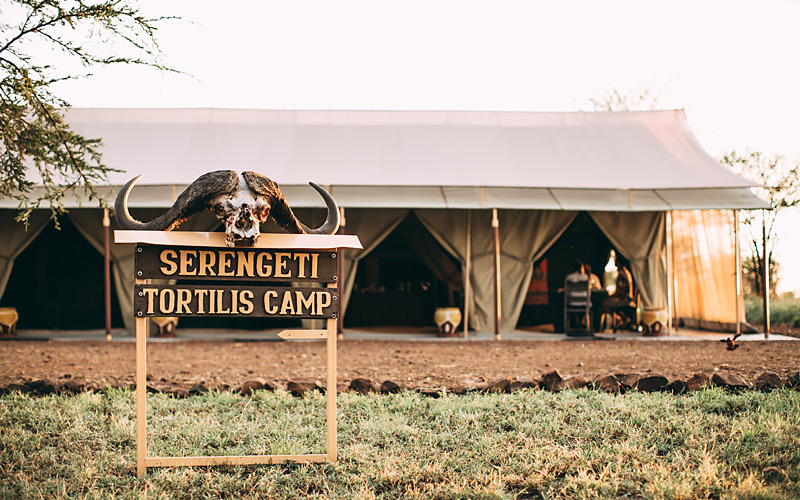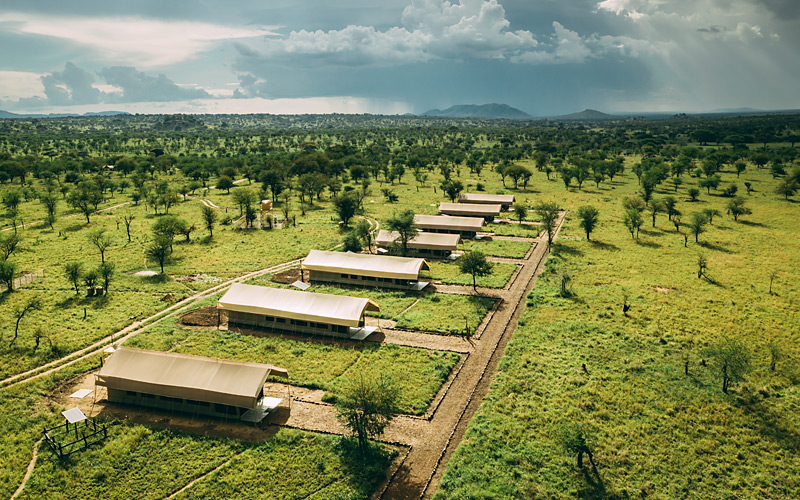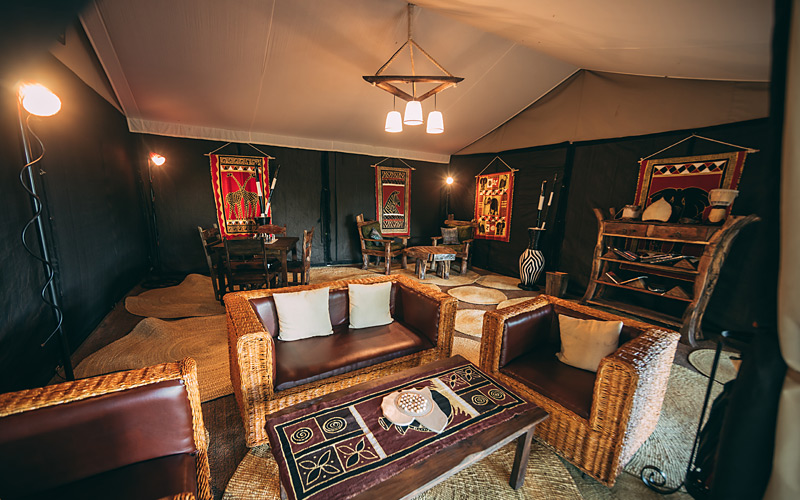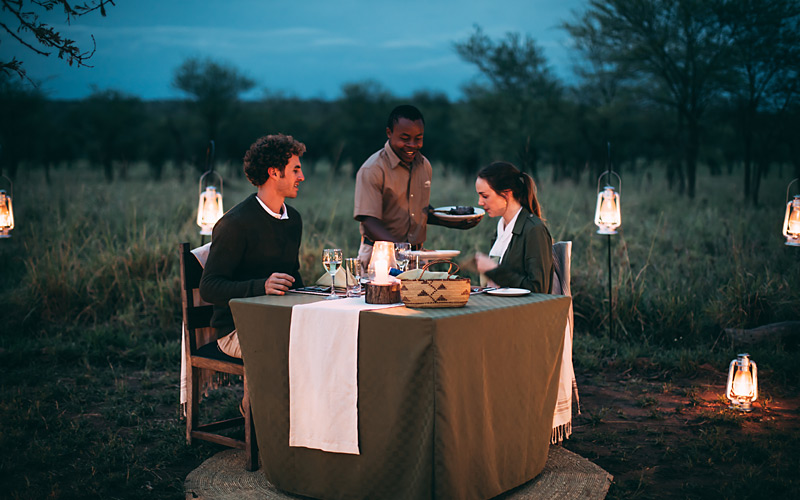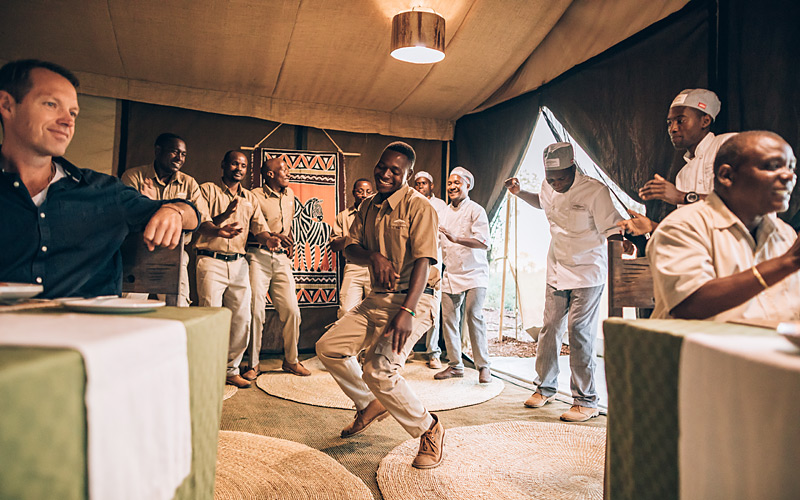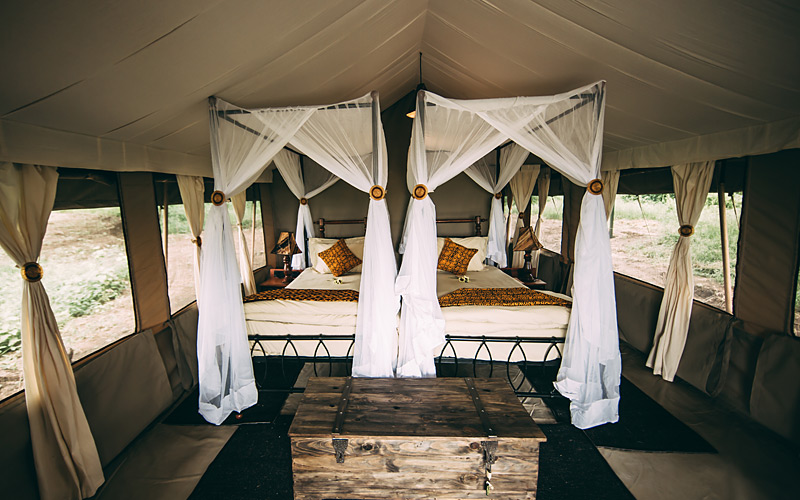15 Day Climb and Safari
$7995 USD
per person based on double occupancy
2024 Dates:
October 1 – 15, 2024
Deposit: $1000 Meeting Place: Arusha, Tanzania Gateway City: Arusha, Tanzania Activity Rating: Strenuous Age Range: 16 – 70
Climbing Kilimanjaro is a reasonable goal for an active person who has always dreamed of reaching the highest point on the African continent. We invite you to come to Africa with us and realize your dream!
ROAM has established an alliance with our Tanzanian guides who run our base of operations in Arusha. Our guides are extremely experienced and are delightful human beings. They know every step of the way and will give you the confidence and pace needed to maximize both your enjoyment and effort. After careful consideration of the pros and cons of each route up the mountain, we have decided on a rather unique approach, which offers several distinct advantages and is definitely the most beautiful route. The Modified Shira Route effectively combines the best of the Shira Route with the most scenic section of the Machame route. This route starts at the Londorossi gate on the northwest edge of the Mt. Kilimanjaro National Park.
The more common route up the mountain, the Marangu-Coca Cola route, only encompasses one section of the mountain and has become quite crowded. The Modified Shira Route may be a little more strenuous and longer than some of the other routes, but the extra hard work will pay off with better acclimatization and less crowded camps. The shorter, “easier” routes have a much lower success rate than our 7-day climb. We have designed our itinerary to include 4 nights above 12,000 feet with 2 relatively short hiking days in between thus allowing your body to rest and adjust to the altitude.
We will enjoy the beautiful and extraordinarily diverse vegetation that enhances the scenery along this route as we traverse around the mountain, viewing it from many different angles. We would especially like to note that our route allows us to focus not just on the summit, but the journey itself. The ROAM approach to the Kilimanjaro trek is just as much about getting to know the mountain’s many sides and moods as getting to the top. Everyone will reach a summit – whether it is Uhuru Peak, one’s own personal highest point, or just the satisfaction of spending 7 days on one of the most spectacular mountains of the world.
The safari includes the best parks of East Africa with very tasteful, high-end tented safari lodges. With highly qualified guides and spacious Landcruisers, you will be sure to see an abundance of wildlife, in style and comfort.
Itinerary at a Glance
- Transfer to Arusha for dinner and overnight at Moivaro Lodge
- A day to recover from your long flight. Enjoy walking trails through the coffee plantations or do some souvenir shopping in town
- Enter the gates of Kilimanjaro National Park and begin hiking through the lush rainforest. 4-5 hours hiking
- The day’s trek begins with a steep hike out of camp through a new type of vegetation and volcanic rock. 5-6 hours hiking
- Ascend out of Shira Camp. Kilimanjaro will be right in front of us throughout the hike. 6-7 hours hiking
- Wake up to hot tea and breakfast and immediately make our assault on the steep Barranco Wall, fondly called “The Breakfast Climb”. 4-6 hours hiking
- After climbing out of the Karanga Valley, the trail ascends a ridge to our highest camp yet, at 15500 feet. 3-4 hours hiking
- Rise and shine at 11:30 pm! Begin climbing by starlight, until we reach Uhuru Peak, (Freedom Peak) at 5895 meters / 19,340 feet, the highest point on the continent of Africa. 11-15 hours hiking
- Hike down the Mweka Trail through the rainforest and arrive in the village of Mweka
- Leave for Tarangire National Park – famous for its high concentration of elephant herds and tree climbing pythons.
- Explore Tarangire National Park
- Drive to Ngorongoro Crater passing Lake Manyara on the way. Have your camera ready for fantastic panoramic views across the volcano-studded floor of the Great Rift Valley.
- Descend into the Ngorongoro Crater and enjoy a full day game drive.
- Game drive the legendary Serengeti and spend a night in the park under the stars
- After breakfast we fly back to Arusha and celebrate our last night together
- Transfer to the airport for flights home
What’s Included:
- Experienced professional guides
- All transfers outlined in the itinerary
- All lodging as described
- All meals as outlined in the itinerary
- 4 season expedition tents
- Park fees and necessary permits
What to Expect on the Kilimanjaro Climb and Safari
We pride ourselves in running a relaxed and flexible schedule. The itinerary is subject to change as it is dependent on weather, National Park notices, and participant’s ability. The following is an example of what your trip might be like:
Day One
Arrive at Kilimanjaro International Airport (JRO), purchase your tourist visa ($100 cash) and go through customs before collecting your luggage. You will be met at the arrival hall by a ROAM representative who will escort you to the Moivaro Lodge and Coffee Plantation. Situated just outside of Arusha and about 45 minutes from Kilimanjaro airport, the lodge is set on a working coffee plantation and has a lovely ‘country’ feel. The staff members are friendly and the gardens are well-maintained and lush. Although not overly luxurious, the accommodation is clean and neat and extremely comfortable, all within easy access of the pool and main dining room. The swimming pool, complete with shady umbrellas and loungers, is exactly what the doctor ordered to recover from a long international flight.
Day Two
Many people wisely choose to take the opportunity to rest from the long journey as well as mentally and physically prepare for your Kilimanjaro ascent. However, you do have the choice of visiting the town of Arusha, which is culturally interesting and offers shopping opportunities. Or, you may choose to do an introductory game drive to the nearby Arusha National Park. This is a beautiful, lush, relatively small park at the base of Mt. Meru with incredible views of Kilimanjaro. You will enjoy the forested foothills and the open, grassy calderas, which offer perfect viewing of cape buffalo and other herd animals, such as elephant, zebra, giraffe, impala, sable, waterbuck, bushbuck, and warthog. The forest is also a favourite habitat of blue monkeys, baboons, and Colobus monkeys. Return to Moivaro Lodge. Elevation – 1,500 meters / 4,920 feet. (B,D)
Day Three: Today we begin our climb! Day packs and poles ready!
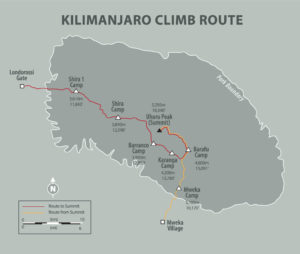
Day 1 of trekking – The gate to Shira 1 Camp: After a hearty breakfast, we drive approximately 2 hours up to the town of Londorossi where we check into Kilimanjaro National Park. It is a short drive on a steep track through farmland and plantations up to Mti Mkubwa. From here, we climb steadily through shrub forest and stands of giant heather to reach the rim of Shira Plateau (3,350 meters / 10,990 feet). The views across the surrounding plains open up as we climb to our first camp in the center of the Shira Plateau. Shira 1 Camp has great views and fewer crowds than the first night of the other routes. The porters will greet us at camp with tea and cookies, tents will be set up and we will celebrate our first night on the flanks of Mt. Kilimanjaro. We carry our own bathroom tent, which is much nicer than the public facilities on the mountain. Breakfasts and dinners are served in our roomy dining tent and our dining chairs all have back support to provide the most comfort possible. Our porters will also provide hot water in washbasins so you can freshen up before meals and at bedtime! (Camp at 3,500 meters / 11,483 feet) 4-5 hours of hiking. (B,L,D)
Day Four
Day 2 of trekking – Shira 1 Camp to Shira Camp 2: This is a gradual day to help acclimatization and to explore the grassy moorland and the volcanic rock formations of the plateau. Make way for the porters and they pass by with our camp in pieces on their backs. After you arrive at Shira Camp 2, there’s an option to take a short walk to see the caves that used to serve as shelter for porters. The sun will soon set behind the rugged mountain ridge of the Shira Plateau casting a purple hue over the valley. (Camp at 3,840 meters / 12,598 feet.) 5-6 hours hiking. (B,L,D)
Day Five
Day 3 of trekking – Shira Camp to Barranco Camp: We ascend out of Shira Camp at a nice slow pace, as this is the highest we’ve been yet. Kibo is in front of us throughout the hike. After a lunch stop, we detour up a steep slope to the impressive Lava Tower, a tall, black volcanic mass of rock. Some choose to scramble to the top, being rewarded with beautiful views. Or, you may opt to rest and relax! On the steep hillside above us we can see the Western Breach trail which goes directly to the Kibo Glacier. After admiring the Lava Tower, we descend down to a cold glacial stream, refill our water bottles and continue on and around the mountain. At this point, we continue to circumnavigate Kilimanjaro and view this beautiful mountain from many different angles. After hiking across a sparse lava field, we descend to the beautiful Barranco Camp. There is another cold stream flowing through this scenic valley with the impressive Barranco Wall on the opposite side. (Camp at 3,950 meters / 12,959 feet.) 6-8 hours hiking. (B,L,D)
Day Six
Day 4 of trekking – Barranco Camp to Karanga Camp: Wake up to hot tea and breakfast and immediately make our assault on the steep Barranco Wall, fondly called “the Breakfast Climb” as it is our first challenge of the day. We will see Kibo from a new angle and have a nice, fairly short walk through high desert terrain and over several ridges to the Karanga River Valley Camp. We camp beneath the icefalls of the Heim, Kersten and Decken Glaciers. This is a “short” day of hiking so one may choose to do a hike up to the scree field and then “ski” back down or just rest in camp with a good book. (Camp at 4,200 meters / 13,780 feet.) 4-6 hours hiking. (B,L,D)
Day Seven
Day 5 of trekking: Karanga Camp to Barafu Camp: After climbing out of the Karanga Valley, the trail ascends a ridge to the Barafu Camp, our highest camp yet, at 15,980 feet. From this dry camp (there are no nearby streams) we will be making our ascent to the top. We plan to arrive early in order to adequately rest before our 11:30 pm wake-up call. (Camp at 4,600 meters / 15,091 feet.) 3-4 hours hiking. (B,L,D)
Day Eight: 3,360 feet up, 9,172 feet down…3.12 miles up, 7.5 miles down!
Day 6 of trekking: Barafu Camp to summit and back down to Mweka Camp: Rise and shine at 11:30 pm! Dressed in our warmest gear and with plenty of water (4 liters each), snacks, and headlamps we meet in the dining tent for some tea and cookies. We begin climbing by starlight using our headlamps, the local guides always reminding us to go “polee-polee” (slowly-slowly). This portion of the climb is, as you might imagine, the most demanding. This is the marathon day! The steepest section arrives just before Stella Point. We ascend to the rim of the Kibo Crater between the Rebmann and Ratzel Glaciers. The last section before the rim can sometimes be snow-covered and ski poles or a walking stick is useful for balance. From here another hour leads to Uhuru Peak, (Freedom Peak) at 5,895 meters / 19,340 feet, the highest point on the continent of Africa. After watching the sunrise and snapping plenty of photos, we descend back down to the Barafu Hut for a rest and lunch. We then continue down the Mweka trail (used for descent only) through the giant heather zone to arrive near sunset at the Mweka Camp. This is a festive yet dusty camp on the edge of the rainforest where you might want to have a little extra money handy to purchase beers and/or sodas. (Camp at 3,100 meters / 10,170 feet.) 11-15 hours hiking. (B,L,D)
Day Nine
Day 7 of trekking: Mweka Camp to Mweka Village: 4-5 hour hike down the Mweka trail through the rainforest. Arrive in the village of Mweka where there are plenty of wood curios, batiks, T-shirts, and souvenirs for sale. We have a delicious hot lunch in the village then get on the bus for an hour-long drive back to the Moivaro Lodge, which will be a welcome, clean sanctuary. After showers and rest, a delightful feast awaits us as we celebrate our accomplishment! (B,L,D)
Day Ten
Tarangire National Park
After breakfast the driver guide will drive from the hotel to Tarangire National Park. The third largest National Park in Tanzania, it’s a scenic sanctuary for an usually large elephant population. Majestic baobab trees dwarf the animals that feed beneath them. Animals concentrate along the Tarangire River in high numbers as it’s the only permanent water supply in the area. There is a great diversity of wildlife including lion, leopard, cheetah, and up to six thousand elephants. Overnight at Maramboi Tented Camp
Day Eleven
Ngorongoro Crater
We will game drive, on your way to Naabi Hill Gate and towards Ngorongoro conservation area. Soon we descend into the crater for a wonderful game drive (with picnic lunch) within Ngorongoro Crater in World Heritage site holding a permanent population of more than 30,000 animals. As only very few of those migrate in and out of crater with its 2000 ft, high walls, you can expect to see lions, elephants, giraffes, zebras, hippos, flamingos, jackals, rhinos, antelopes, many birds and other species. The crater is also home of the rare black rhino almost extinct in Tanzania. With a bit of luck you will see the “Big Five” during the game drive and late back to overnight at Ngorongoro Angata Tented Camp. The camp is set on the Eastern side of the Ngorongoro Crater’s rim inside the park boundaries.
Day Twelve
Ngorongoro to Serengeti National Park full day game drive
You will have breakfast at the lodge before we embark on an early morning game toward Serengeti National park. This world famous region attracts a mass of predators and you may be able to see band of lioness gather for a hunt. Tonight we will stay in the heart of the Serengeti. Acacia Central Camp, as the name suggests, is situated in the central part of Serengeti which is fondly called Seronera. This is a very scenic area with open plains and lined with hills. The resident game here is phenomenal, with high densities of relaxed leopards, cheetah, and lion. What’s great about this area is that the diversity of wildlife is amazing and a lot of animals stay here all throughout the year. The migration passes through here in April/May, but Seronera is within reach of both the Southern Plains and the Western Corridor – so from October to June, it can be used as a base to see the migration. The camp offers guests the perfect blend of old African charm and elegance and is tucked beneath an Acacia tree offering breathtaking views of the savannah plains of the Serengeti National Park. Here, you can experience full luxury in the wild.
Day Thirteen
Serengeti
You will have breakfast at the lodge before we embark on an early morning game drive in the park. The migration consisting of almost 2 million animals, is on the move all year around. You will be able to see this impressive phenomenon. Naturally it attracts a mass of predators and you may be able to see band of lioness gather for a hunt. You will return to your lodge for sumptuous lunch and gather strength for an afternoon game drive and overnight at Acacia Central Camp, this tented camp combines comfort with the sense of wilderness, the sense of freedom, the sense of being ‘right there’, as you relax after the excitement of the day.
Day Fourteen
Serengeti – Arusha
After breakfast you will have a game drive en route to Soronera Air strip and flights back to Arusha where we’ll overnight at Moivaro Lodge and Coffee plantation
Day Fifteen
After breakfast, we’ll transfer you to the airport for flights home
(B=Breakfast, L= Lunch, D = Dinner / Beverages are not included with meals at the hotels.)
Accommodations
Moivaro Lodge
Situated right in the heart of beautiful, natural scenery and yet is only 7 km from the town of Arusha. Moivaro Lodge ensures that you are looked after in a unique, friendly and peaceful environment, helping you to prepare for your safaris and cosseting you on your return in the evening. Relax and enjoy the beautiful vista of Mount Meru from the comfortable veranda, or perhaps to laze at the pool nestling in the midst of tropical trees and coffee plants.
Maramboi Tented Camp
An elevated tent camp situated on the side of Lake Manyara, this camp offers sweeping views across the plains over the lake and beyond to the escarpment of cliffs on the far side. The area is a birders paradise and animals migrate past the lodge to the permanent water sources of the lake. The camp features spacious main dining area, massive deck and swimming pool as well as a lounge. Your spacious tents provide the perfect setting for relaxation after a big day of game drives.
Ang’ata Tented Camp
The camp is set on the Eastern side of the Ngorongoro Crater’s rim just inside the park boundaries. The main attraction are the 23 Black Rhinoceroses that live inside the crater! This is a small camp with 8 guest tents, a lounge and a dining tent. Each guest tent has an en-suite bathroom with shower, vanity desk and flush toilets. The lounge is the place to meet other travelers and share your day’s stories while enjoying freshly prepared meals.
Acacia Central Camp
Located in the heart of the Serengeti, the camp features 13 canvas tents including a family tent that can accommodate a family of 4 with own private lounge. All tents are furnished with en-suite bathrooms, flush toilets, and other essential amenities. There is a separate tented camp for the dining area and next to it is the lounge and bar area. All these are accessible in a few steps under a soaring canopy of acacias, in the front of the camp.
About the Region
Kilimanjaro
Kilimanjaro is the highest mountain in Africa whose formation started 750,000 years ago. In 1973 the mountain was reclassified a national park, having been declared a Game Reserve in the 1910s by the German colonial government and then a Forest Reserve in 1921. Mount Kilimanjaro is the crown of Tanzania. Rising abruptly from the open planes, capped by snow and frequently fringed by clouds, it is one of Africa’s classic images. The diameter of its base is 40 miles. Kilimanjaro is a dormant, but not extinct volcano. Ominous rumbles can some times be heard and gases emerge from the fume holes in the crater. Although just 3 degree’s south of the Equator, the peaks of both Kibo and Mawenzi have permanent caps of snow and ice. During their time on the mountain, climbers pass from a tropical to arctic environment in just a few days. The various trails first pass through lush rain forest before reaching heather and open moorland where giant lobelia and huge, cactus-like groundsel grow. Above this moorland is the almost lunar landscape of an alpine desert, which stretches between the two peaks of Kibo, the flat-topped dome at the center and Mawenzi, a group of jagged points and pinnacles on the eastern side. Inhospitable as this ‘moonscape’ may seem, animals such as herds of elands thrive there.
Mount Kilimanjaro lies on the border of Tanzania and Kenya, just south of the equator. To the west lies the Great African Rift Valley, created by tremendous tectonic forces that also gave birth to a string of other volcanoes. One of these, Mount Kenya, was originally much higher than Kilimanjaro. The three summits of Mount Kilimanjaro, Shira, Kibo and Mawenzi are all of very recent origin. Shira and Mawenzi both have suffered considerable erosion and only jagged peaks remain. Kibo, the central, youngest and highest peak has survived as an almost perfect cone.
Although East Africa and nearby Olduvai Gorge is thought to be the cradle of mankind it is unlikely that early man would have been attracted to the steep and cold slopes of Kilimanjaro at a time when it was probably very active and dangerous. A Wachagga legend talks of Mawenzi receiving fire for its pipe from his younger brother Kibo. The Wachagga who live on the fertile volcanic soils around the base of the mountain probably only came to the area about 300 years ago thus this legend suggests very recent activity. Another of their legends talks of demons and evil spirits living on the mountain and guarding immense treasures. Stories are told of a king who decided to go to the top; few of his party survived and those who did had damaged arms and legs.
Arab and Chinese traders and historians make mention of a giant mountain lying inland from Mombasa or Zanzibar but few early traders ventured into the interior of the continent. Slave traders passed below it and sometimes raided the villages of the Wachagga but it was not until the middle of the 19th century that a more serious interest was taken in the mountain and attempts were made to scale it. In 1848 Johann Rebmann, a missionary from Germany, saw Mount Kilimanjaro while crossing the plains of Tsavo. His guide talked of “baridi” – cold, and of tales how a group of porters were sent up the mountain to bring back the silver or other treasures from the summit. They came back only with water. Rebmann’s report stimulated great interest in Germany and in the following years several expeditions were organized, first by Baron von Decken then later by Dr. Hans Meyer who finally stood on the highest point on the 5th of October 1889. Mount Kilimanjaro now attracts many thousands of walkers each year. On the 1st of January 2000 over 1000 people reached the summit to see the sun rise over a new Millennium.
Tarangire National Park
Welcome to one of Africa’s most underrated parks. Thanks to its proximity to Serengeti National Park and Ngorongoro Crater, Tarangire National Park is usually assigned only a day visit as part of a larger northern-circuit itinerary. Yet it deserves much more, at least in the dry season. It’s a place where elephants dot the plains like cattle, and where lion roars and zebra barks fill the night. But here the wildlife tells only half the story. Dominating the park’s 2850 sq km, Tarangire’s great stands of epic baobabs are reason enough to visit. There are also sun-blistered termite mounds in abundance, as well as grassy savannah plains and vast swamps. And cleaving the park in two is the Tarangire River, its meandering course and steep banks providing a dry-season lure for animals and thus many stirring wildlife encounters for visitors.
Ngorongoro Crater
Often described as one of the wonders of the world, it was declared a World Heritage Site in 1978. The worlds largest intact volcanic caldera, it is a natural sanctuary for some of Africa’s densest animal populations. Grasslands, swamps, lakes, rivers, mountains and wildlife are all there. The approach road winds up and up through the densely forested outer slopes to Heroes Point where there is a spectacular viewpoint over the 260 square km crater floor lying 600 m below. The Gol Mountains are at the far rim, Lake Magadi in the center with Seneto springs to the left. Gorigor swamp lies to the right and Lerai Forest in the foreground. Access to the crater is strictly monitored, with only three roads (two of them, one-way,) to the crater floor. The authorities rigidly forbid tourists from entering the crater before 07.00 and they must leave before 18.00.It is estimated that there are up to 25,000 large mammals in the 100 square miles of the crater floor so you always see many animals on a game drive. They are mainly grazers but carnivores include a population of about 100 lions and approximately 400 hyenas. Open grassland covers most of the crater floor and this supports large concentrations of wildebeest and zebra.
Serengeti National Park
Few people forget their first encounter with the Serengeti. Perhaps it’s the view from Naabi Hill at the park’s entrance, from where the grasslands appear to stretch to the ends of the earth. Or maybe it’s a coalition of lions stalking across open plains, their manes catching the breeze. Or it could be wildebeest and zebra migrating in their millions, following the ancient rhythm of Africa’s seasons. Whatever it is, welcome to one of the greatest wildlife-watching destinations on earth. At 14,763 sq km, the Serengeti is an epic place, and it’s renowned for its predators, especially lions, leopards and cheetahs, with plenty of elephants in residence, too. A few black rhinos around Moru Kopjes offer a chance to glimpse all of the Big Five (lion, elephant, rhino, leopard and buffalo). It’s also an incredible birdwatching destination, with over 500 species to spot.

